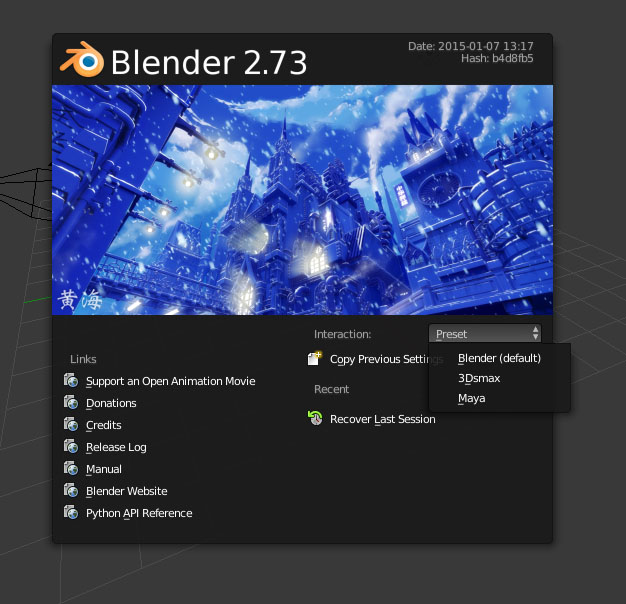Better get in before the thread implodes (right-click select has already been mentioned!).
Firstly, to answer the OP as best I can, de facto standards (such as you see with hotkeys, mouse buttons, etc) come about due to a mass of users finding the standard “more productive”. That is not to say that they are strictly better in isolation, but that those adopting the standards find that the balance of pros & cons leads to more productivity.
Take for example, the de facto standard of using Office file formats for passing around documents to be edited. There is a good argument to be made for other file formats (less platform tie-in, easier to analyse / utilise with custom software, more efficient, etc), at least, as long as you are the only people using the documents. However when you need to be passing that document around to many others for their additions, editing, feedback, etc - there is often far more hassle in converting between the various formats in use than there is benefit to the individuals in using their individually preferred formats. In isolation, the de facto standard doesn’t matter & can be ignored… but when taking into account the rest of the environment one needs to work in - the standards matters a lot.
I also agree that there is no one universal golden hotkey standard and there never will be. Different applications have different uses, priorities, and sets of functionality. Their developers will have made different compromises and decisions at different steps along the software’s evolution. And so on. However, there are commonalities that the most the common hotkey setups share that increase productivity. So whilst there may not be a standard in the specific keys, there are some standard in the concepts used to develop the specifics. A “meta-standard” if you will.
Take for example the concept of a “home row”. Maya, Softimage, 3DS Max, Modo, etc all have the move, scale, rotate tools side-by-side on the one row of keys on the left of the keyboard. Softimage has them on the XCV keys, most of the rest stick them on in the QWER keys, and there was one application I’ve used (though I cannot recall which one) that stuck them on the ASD keys. Why? Because the majority of people using the software are right-handed (with that hand on the mouse), the majority of operations made on model, rig, animation would be translate/scale/rotate operations, resting your hand on three consecutive keys for these operations is “comfortable” and (in general) allows you to rest your thumb on the space bar with your pinky moving between TAB, SHIFT, and CAPSLOCK. There is a lot of productivity to be gained in having that as the left-hand’s “rest position” regardless of which order the home-keys have the scale, translate, and rotate operations. 3DS, Maya, XSI, etc won’t be exactly the same… but the “home row meta-standard” makes them easy to get up & running in for the basic operations. Same for the meta-standard SaintHaven mentioned in regards to scene navigation. Same for the less-than-meta standard of WASD for computer games - for most people, most of the time - it’s a comfortable position with keys close together for the most common operations of the game 
Then there is where I need to strongly disagree with the mod (happens in every thread :P). I’m sorry, but I use many elements of software in my job, hobbies, and even social life (Facebook & I have a love-hate relationship). ALL of them select with the left-mouse button… but one. I’ve been using Blender for over ten years now (since before the GPL licensing of it) and I STILL get the right/let buttons muddled up when my mind is focusing on the task and not which software I’m using. Some standards, whilst not written into law, might as well be due the sheer momentum behind them. This be one of them 
–
tl;dr:
- De facto standards (like 3D hotkeys) arise because they make things easier for the majority of people the majority of the time - even if they are not strictly the “best” solution available for any one given task / setup.
- In regards to 3D software hotkeys, what standards exist tend to be focused around the comfort/utility of having common operations on a home-row of keys (QWERT, ASDF, and/or ZXCV)
- I’m glad we’re finally getting left-mouse select




